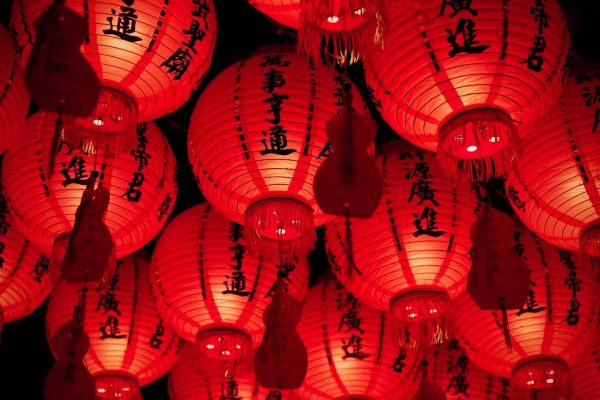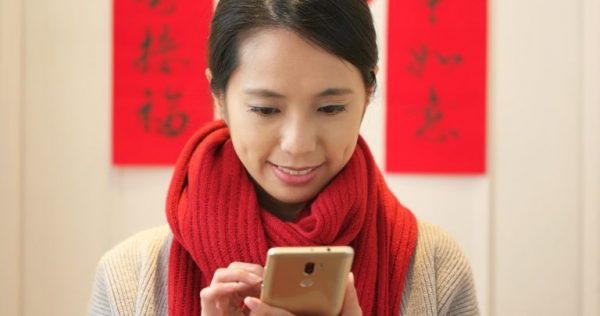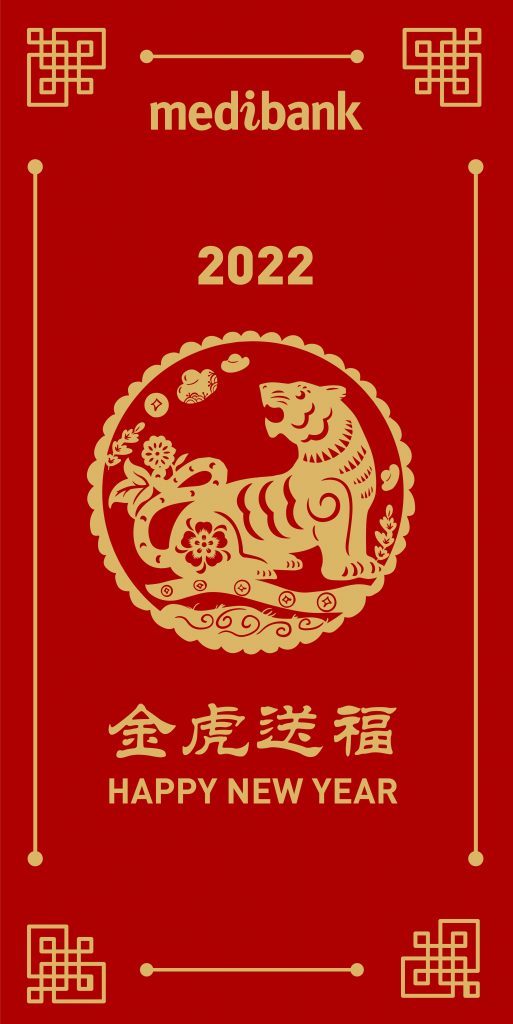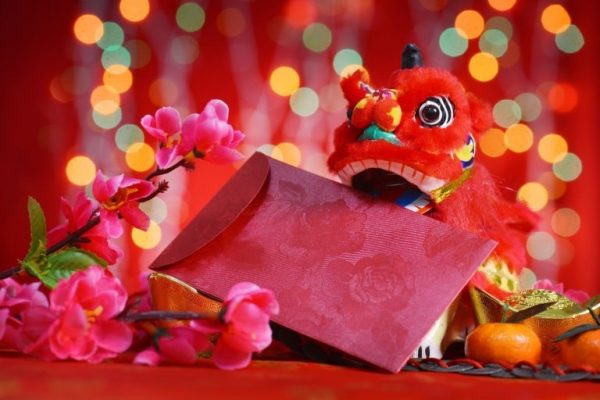Roar into the Year of the Tiger 2022- by Lindy Ung

Source:multiconnexions.com.au
This Lunar New Year blog was written by Lindy Ung, MultiConnexions Social Media Specialist
It’s almost that time of the year again, when families reunite with loved ones, pay respect to their ancestors, and celebrate the second new moon of the year.
This Lunar New Year will begin on the 1st of February 2022 and according to the Chinese zodiac, it is the Year of the Tiger. The Tiger is a symbol of strength, courage and vitality that wards off evil. With 2022 also being a Water Year (each year is ruled by an element: water, air, fire, wind and metal), this means we can expect calmness and stability to temper the fieriness and spontaneity of the Tiger.
Lunar New Year is the most important festival in China and has major significance in other East and South-East Asian countries.
However, the ongoing Omicron surge and travel restrictions will continue to pose challenges to the way Lunar New Year is celebrated in Australia and worldwide. Many international students and migrants still cannot go home to celebrate with their family because of the pandemic. This means brands and organisations looking to tap into the increased spending and marketing potential of the festivities will need to be much more sensitive to the way they connect with consumers from Chinese and other East/South-East Asian backgrounds.
Here’s a guide to how many Asian communities in Australia will be celebrating the Year of the Tiger, and how brands and marketers can stay relevant and resonate with these audiences.
Celebrating the Year of the Tiger away from home

With restrictions preventing many people from gathering with loved ones and visiting their family overseas, many people will be having a different kind of celebration this year.
While much of the usual festivities in Australia will remain off the table such as lion and dragon dances, fireworks, and parades (common traditions among the Chinese community), many will still be buying decorations, food, and gifts to welcome the new year ahead.
Reunions will also be smaller, with fewer family members, friends and relatives celebrating together at home with a festive dinner.
Adorning decorations and clothing symbolising good fortune
In terms of decorations, Chinese and Vietnamese people will buy red and gold decorations as red symbolises good luck and gold symbolises wealth and prosperity. These include red lanterns, intricate paper cuttings, and New Year paintings to hang inside the house, apartment or on doors. They would also wear the auspicious colour red to bring in good fortune.
The Korean community will celebrate Seollal (Korean Lunar New Year) by wearing traditional Hanbok clothing in bright colours as these colours symbolise the hope for a brighter future. Wearing red would generally be avoided as red is regarded as a colour of passion that is only typically worn only during sporting events.
Sharing a special meal with family and friends
One of the most important things about celebrating the Lunar New Year is the food. This Year of the Tiger, banquets will no doubt be just as appetising. In Chinese culture, steamed fish, dumplings, spring rolls, noodles and oranges are commonly eaten during this period. The whole fish is considered lucky because keeping the head and tail represents a good beginning and end for the new year.
There is also the belief that the more dumplings you eat, the more money you will receive because their round shape resembles gold and silver ingots, currency used in ancient China. Meanwhile, the unbroken strand of the noodle symbolises a long life ahead.
In Vietnamese culture, the Vietnamese community will celebrate Tết (Vietnamese Lunar New Year) by eating auspicious foods such as bánh chưng (traditional glutinous rice cake), mung bean cakes, and boiled chicken symbolising purity to usher in a prosperous new year.
Holding ancestral worship rituals at home
An important tradition that is common during Lunar New Year is performing ancestral worship to honour the family and reconnect with ancestors. Amid the pandemic, this will likely mostly be held in the safety and privacy of the home rather than at a public place like a temple.
The Korean community performs several forms of ancestral memorial services to show gratitude to their ancestors and honour their memory. In the early morning of New Year’s Day, this may include performing seh bae, a deep bow to the floor, and charae, a simple ritual offering food and drinks to the spirits of their ancestors.
For many Thai or Cambodian-Chinese people with ancestors from China, ancestral worship might take on more significance as it is a rite to remember their past relatives not only from a different time but from a distant ancestral home. Offerings are prepared early in the morning, such as desserts and fruit, and displayed on an altar in the home. The blessed food sacrifices are then consumed in the evening as the most important meal of the new year.
Gifting hongbao (red envelopes) and splurging on presents
Gifting hongbao or red envelopes filled with money to children and younger relatives is one of the most exciting customs during the Lunar New Year, especially among the Chinese community.
The Chinese social media platform WeChat has wholeheartedly embraced this tradition by allowing users to gift one another digital hongbao packets as a form of well wishes and expression of gratitude and appreciation. This is a very useful and convenient feature to maintain social distancing given the current pandemic.
For the wider Asian community, red envelopes have special significance and many marketers gift their customers with red envelope greetings. Here is an envelope MultiConnexions was proud to design for health insurance company Medibank.


For the Filipino community, these red envelopes are known as angpao, which are gifted to young children to ensure they receive abundance and money flowing into the new year.
Buying presents for loved ones during Lunar New Year is also popular among the Chinese, East Asian and South-East Asian populations. Gifts will typically be wrapped in red, yellow or gold to symbolise wealth and prosperity. These can range from tea and beauty products, to jewellery, homewares and electronics.
Marketing significance of the Year of the Tiger

1. Leverage Chinese social media platforms. Brands can utilise social media platforms such as WeChat, Weibo, Xiaohongshu (Little Red Book) and Douyin to connect with the Chinese community. Not only are they used daily and widely among the Chinese-speaking population, but these platforms are also where Chinese users learn about and connect with brands and shop digitally. Many Chinese consumers will be purchasing gifts online with the incoming Year of the Tiger using these social media platforms. This year, MultiConnexions was privileged to work with Australian specialty tea brand T2, and arranged for over a dozen KOLs (influencers) on China’s foremost fashion and luxury blogging and shopping platform Little Red Book to share their experiences of T2 Lunar New Year gifts leading to tremendous goodwill with the Chinese community. Check out what our influencers had to say about T2.
2 . Be mindful of cultural nuances and sensitivity. The key to communicating with these audiences is partnering with cultural and language specialists who have a deep cultural understanding and the significance and traditions of the festival. Professionals will go beyond the basics to develop communications that will resonate with and engage Chinese and Asian consumers.
3 . Authenticity invites respect. Brands that want to win the hearts of the Chinese community in Australia, for example, will need to celebrate Chinese culture in a respectful and authentic way. This will involve brands researching in great depth meaningful symbols, customs and traditions regarding the Year of the Tiger and incorporating them in their campaigns with sensitivity. Cultural understanding will endear you to your customers. MultiConnexions client Active Super’s recent Lunar New Year campaign tapped into the insight that family and friends gather for a meal and utilised this in the campaign’s creative imagery for the Year of the Tiger 2022.

4 . Craft an experience that will blow consumers away. Many brands who have launched successful Lunar New Year campaigns in the past have not been afraid to be bold and creative in their approach. As savvy Chinese millennials and Gen Z shoppers are inundated by brands in the global market fighting for their attention, brands can stand out from the crowd by creating an immersive digital or shopping experience. For example, L’Oréal Paris China has installed a virtual pop-up creating an integrated online and offline shopping experience incorporating digital beauty consultations, a skin diagnostics tool powered by artificial intelligence and a cosmetics e-shop.
5 . Tap into the emotions, values, and themes of Lunar New Year. Like Christmas, Lunar New Year is a time when emotions run high, as people are reminded of the importance of friends and family. Brands can tap into the happiness and love of family reunions, the longing for those who are far from their loved ones, and the generosity involved with gift-giving during this auspicious time. Emotion is the trigger that brands can cultivate to foster wider and memorable appeal among audiences.
Interested in connecting with 2 million + Asian audiences? Or the 5 million + in Australia who speak a language other than English at home? MultiConnexions can provide the winning edge for your campaigns: https://www.multiconnexions.com.au/.







